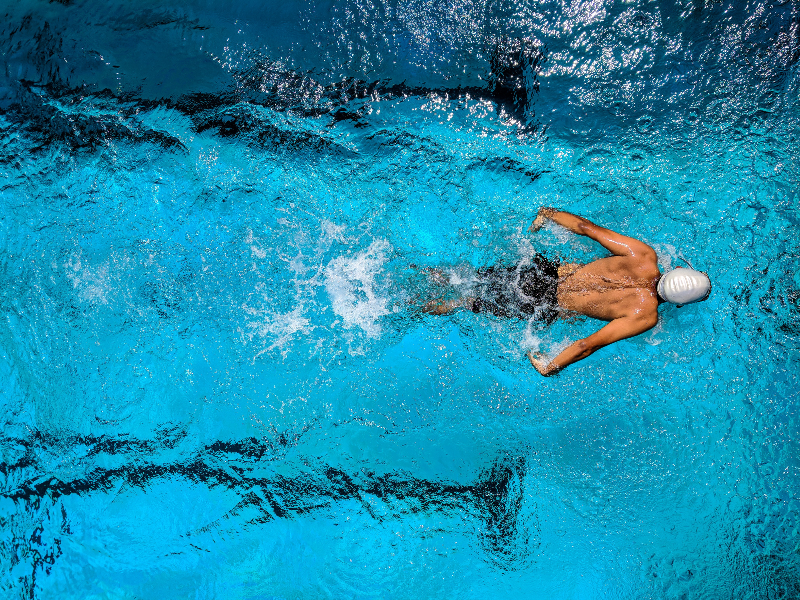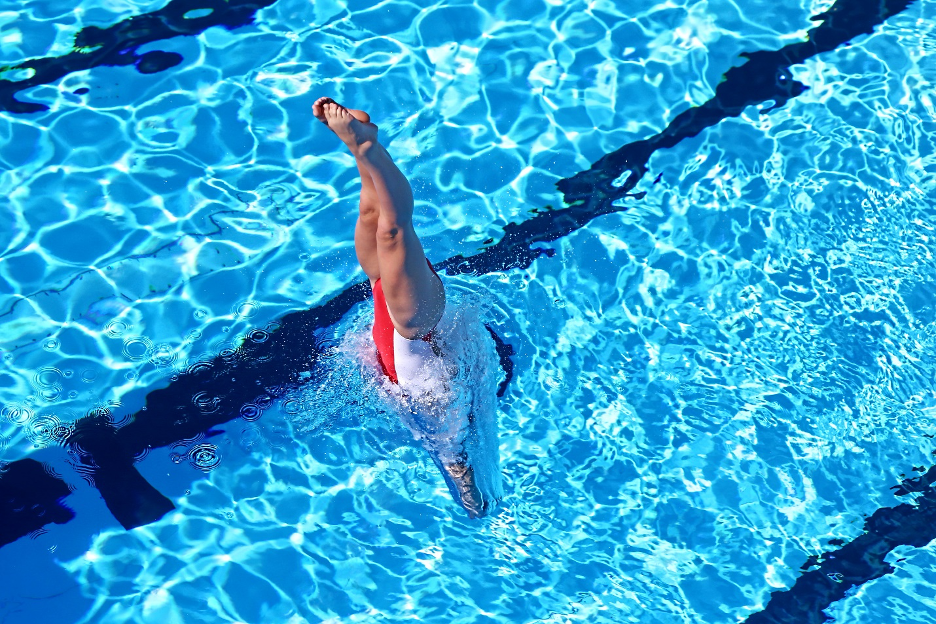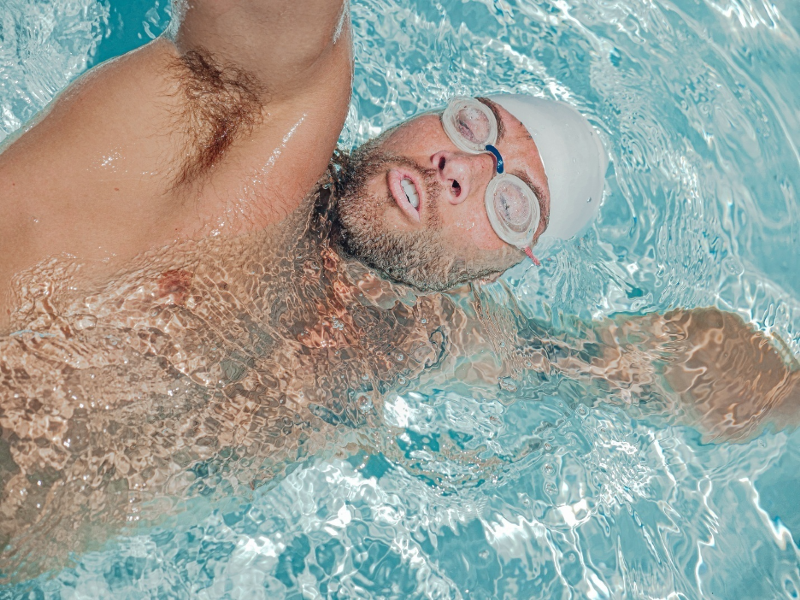
Medical experts believe that swimming is one of the finest ways to work out your entire body and get fit. Not only does it improve your cardiovascular health, but also burns as much calories as an hour of running on the track would burn. People in the States are particularly keen to add swimming to their routine, and this is why it’s one of the most popular sports activity in the country.
Swimming regularly decreases the risk of getting a heart stroke, diabetes and even helps with arthritis. Whether you’re considering to learn swimming as an extracurricular activity, or for a competition, the health benefits of this workout are countless! To begin swimming, you can become a member of your local pool service, or hire a professional pool builder to design your dream pool for you.
Here are some swimming techniques you can practice to become an expert.
There are several different ways to swim, but the most popular ones include
- Freestyle
- Breaststroke
- Sidestroke
- Backstroke
Freestyle Technique
Often called the front crawl, the freestyle stroke is one of the fastest ways to swim. This position stretches your torso and keeps it stable while you alternatively use your arms to propel forward. Ensure that the rhythm of your breathing matches that of your swim strokes. This method uses flutter kicks to keep you afloat while your arms are equally hard at work.
Since your face dips into the water multiple times, it’s necessary to learn how to manage your breathing. As a beginner, this technique could easily appear intimidating, so a breaststroke is a better way to begin.

However, once you set your heart to learning this style of swimming, breathing becomes easier and manageable with time. Listed below are some tips to make sure you’re doing it right.
- Each arm will leave and reenter the water at a certain angle.
- The torso remains stable.
- To eliminate resistance, the fingers will be held straight.
- Make sure to lie parallel to the water.
- Arm movements will look like that of a windmill’s propellers.
- Legs will remain unbent.
Freestyle swimming requires a low amount of energy while taking you farther than other strokes would. Swimmers prefer this technique over others, especially when they count their workouts with laps. This style of swimming won’t just target your torso or thigh muscles, but will tone your back muscles too.
Breaststroke Technique
This a good technique for beginners, as this is slower than free style swimming. While your body remains in a horizontal position, your arms and legs will move in a semi circular direction to keep you afloat. This technique requires the arms to be bent at the elbows and to continuously move to and fro.

Your legs will propel you forward and provide a head start by doing what’s called a frog kick or whip kick. The breast stroke technique is great for people looking forward to getting fit for the summer season, as with every 30 minutes that you pass swimming, the body burns 200 calories! Since it’s a slow style of swimming, it can be done for longer periods of time and can benefit the muscles of your core, arms and thighs.
Here’s how to do it:
- Flex your feet and bend your knees.
- Kick them apart and bring them together again in one smooth motion.
- Do the same with your arms while they’re bent at the elbows.
- Duck your head beneath the surface and come up for air repeatedly.
Sidestroke Technique
This technique requires you to position your body sideways in the water. Keep your arm stretched beneath the tilted side of the body while the other one rests on top. Sidestroke will have you stay above water at all times so you need not worry about breathing under the surface.
To master the technique, keep the following things in mind:
- Propel your body forward with a scissor kick.
- Do alternate arm movements.
- Move your hands toward your chest and then back to the original position.
- Experts compare it to picking apples from trees. Stretch one arm, pluck the fruit, and hand it over to the second arm when both hands meet at your chest.
Most commonly used by lifeguards and coastal officers to save someone from drowning, it’s not a technique that we see professional swimmers do in competitions.
Backstroke Technique
This movement is quite similar to that of the free crawl, with the key difference being that it is done on your back instead of lying on your stomach. Swimmers can alleviate numerous back problems and muscle aches through this workout.

It requires you to keep your body straight and to propel your arms like the propellers of a windmill. It begins by circulating your arm underwater and then pulling it back above the surface continuously. You won’t have to manage your breathing rhythm with this technique as you lie on your back and face the sky.
See a few things to keep in your mind when practicing this style:
- Keep your hips straight to avoid slowing down.
- Keep your fingers straight and close together.
- Develop a momentum in your flutter kicks—they will help you maintain speed.
The only downside to this technique is that you can’t really see where you’re going or how close you’re to the edge. The best way to counter that is to count the number of strokes that it takes to complete one lap.
Public pools can be a nuisance, and you can never be sure how clean or hygienic they are. Landscape designers in Sterling advice you to build your own swimming pool in your backyard and practice all the swimming techniques in there. This is where Perfect Pools comes in. Their pool designers also offer swimming pool renovation, to increase the value of your home by several folds.
Get in touch with best pool contractors here!


















